
Flemish Giant
Flemish Giant
Flemish Giant
Are you familiar with the 'Flemish Giant' rabbit? There are many sizes and colors of rabbits in the world, but the Flemish Giant is counted among the largest. Typically, rabbits give birth to around eight babies at a time, but there is a record of a Flemish Giant giving birth to as many as 18 babies at once. Let's take a quick look into the secrets of this big rabbit!
Flemish Giant Basic Infomation

Country of origin: Belgium
Senior/Male: Over 8 months, 5.90 kg or more
Senior/Female: Over 8 months, 6.35 kg or more
Intermediate/Male and Female: 6 months to 8 months
Junior/Male and Female: Under 6 months, minimum weight 2.95 kg according to the American Rabbit Breeders Association (ARBA) standards
The history of the Flemish Giant is very old, dating back to the 16th to 17th centuries. At that time, Patagonian rabbits living in Argentina were imported to Europe, and they were crossbred with several types of large rabbits to create a new breed. As a result, the first Flemish Giants were born in the 1860s.
They were later imported to America where their recognition gradually increased, and in 1924 they were officially recognized as a breed by the ARBA.
Flemish Giant Q&A

What is the origin of the name 'Flemish Giant'?
It is named after the northern part of Belgium (Flanders) where it originated. The name 'Flemish Giant' also implies a 'Giant from Flanders'.
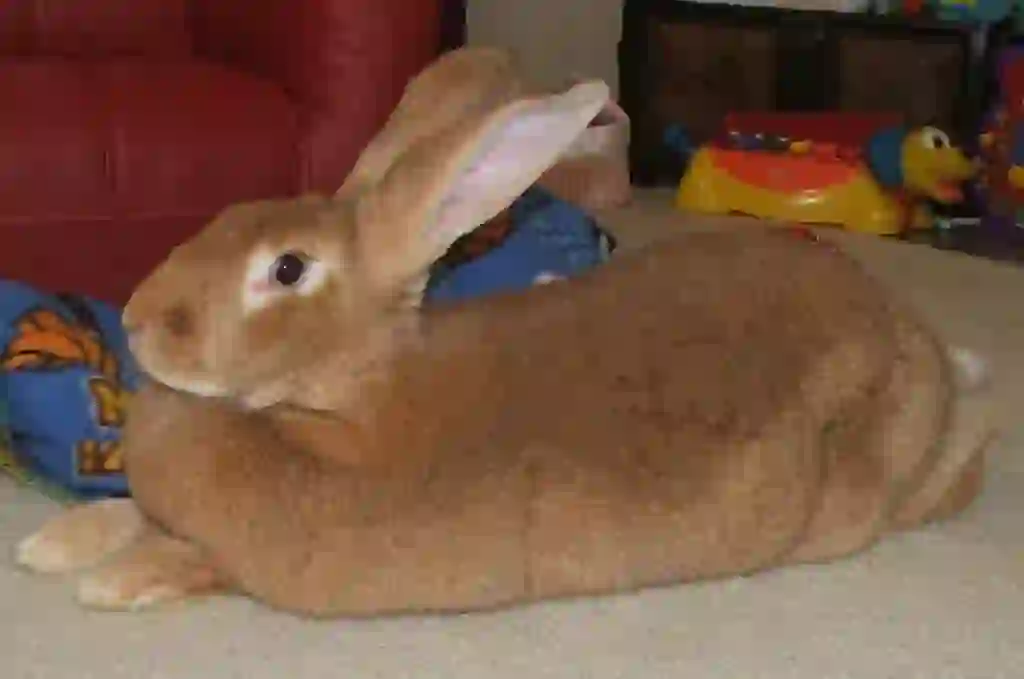
What color variations do Flemish Giants have?
Black, Blue, Fawn, Light Grey, Sandy, Steel Grey, White, Brown, Blue Grey, Ruby Red. Flemish Giants are exclusively a short-haired breed.

What does a Flemish Giant look like?
They have a body type known as 'semi-arch'. They possess a broad, large head. Generally, males have more robust faces than females. Their well-set ears should ideally be about 15cm long for those over 6 months old. Their coat is dense and rolls back. Being a large breed, they are well-muscled, and the bigger they are, the more attractive they are considered. There have been Flemish Giants that weighed up to 13 kg.

Is it true that Flemish Giants were originally bred for meat?
Yes, it's true. Most large rabbit breeds, including Flemish Giants, were initially bred for meat or fur. Originally used mainly for meat, Flemish Giants have recently been used for fur, as pets, and in rabbit shows. They often attract attention at rabbit shows due to their size and are among the popular breeds. Sometimes they are also referred to as 'Universal Rabbits' because they fit all roles.

Where can I find a Flemish Giant?
You can find them at specialized rabbit shops or through breeders. However, they are not widely distributed, so they might be hard to find in your local area. If you are determined to own a Flemish Giant, it is advised to search patiently and not rush.

How much does it cost to purchase a Flemish Giant?
Approximately 80,000 yen. Note that rabbits with the potential to win prizes at shows are called 'show type', while those that are perfectly fine for home pets are referred to as 'pet type'. Show type Flemish Giants can be more expensive.

I want to know more about the character of Flemish Giants!
Flemish Giants are known for their gentle and calm nature, and they are very curious, making them suitable as pets. In some regions of the world, they are referred to as 'Gentle Giants' due to their gentlemanly and obedient character. However, their large size means they require a lot of space, and grooming such as brushing and nail trimming is considerably more labor-intensive compared to smaller rabbits. Therefore, they can be challenging for beginners.
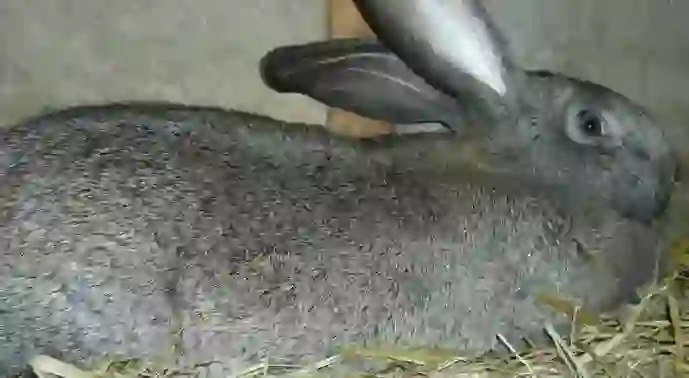
What diseases are Flemish Giants prone to?
Flemish Giants are susceptible to diseases such as 'Rabbit Gastrointestinal Syndrome (RGIS)', 'Malocclusion', and 'Sore Hocks'.
Rabbits often accidentally swallow fur during grooming. If the swallowed fur passes out with the feces, it's no problem, but if a large amount of fur clogs the digestive tract, it can cause loss of appetite or even prevent defecation.
This condition was previously called 'fur ball disease' because fur was the suspected cause. However, recent research has shown that not only fur can clog the digestive tract, so it has been renamed 'Rabbit Gastrointestinal Syndrome' to be more descriptive.
All rabbits are susceptible to this syndrome, so it's essential to feed them fiber-rich Timothy hay, ensure they exercise, prevent dehydration by providing ample water, and help by grooming them.
Symptoms can include difficulty eating or drinking clumsily. Rabbit teeth continue to grow throughout their lives, usually controlled by chewing on wood or fiber-rich food to prevent overgrowth. If for some reason the teeth are not worn down, it can lead to malocclusion.
If malocclusion progresses, it can lead to appetite loss or diseases like nasolacrimal duct stenosis, so if you notice any changes in how your rabbit eats or its teeth growth, consult a vet.
Sore hocks is a condition where the skin on the feet becomes inflamed due to the heavy weight of the Flemish Giant. To reduce stress on their feet, it's advisable to place slatted floors in cages and carpets or mats on flooring. This not only helps prevent sore hocks but also provides a relaxing effect when they lie down, creating a stress-free environment.
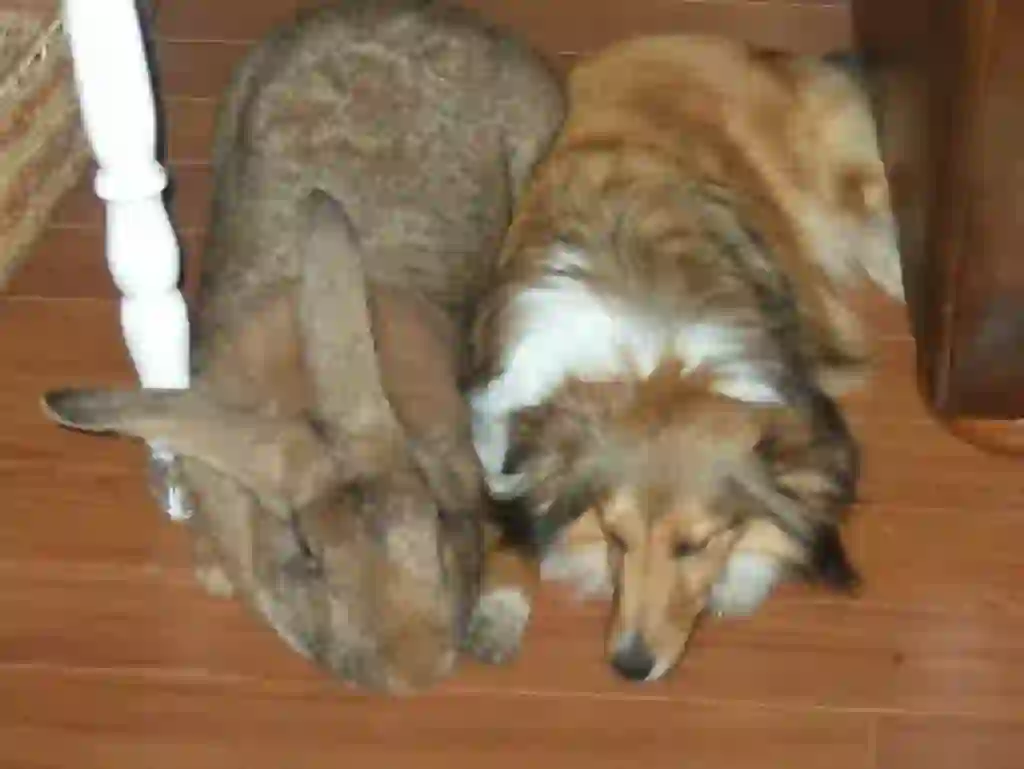
How long do Flemish Giants live?
About 8 years. The average lifespan for rabbits is 6 to 8 years, so this is typical.

Would you like to become a part of the 'Animalbook.jp'?
Turn your knowledge into Q&A and share it with the world. ※Publication will be activated after purchase. Let's share information together!
Flemish Giant Type of List

- Flemish Giant
Information
Congratulations! You are the first commenter!

Create Your Favorite List!
Flemish Giant
Save the animals you love! Build your own list to quickly revisit your favorites later.

Would you like to leave a comment?
※Please note: This is for the purchase of rights to post comments within the article.
Find Your Favorites!
Our shop offers a unique and attractive selection of goods themed around various animals.
Flemish Giant References
Flemish Giant Introduction of media used

出典:https://commons.wikimedia.org/wiki/File:Flemish_Giant_2.jpg

出典:https://commons.wikimedia.org/wiki/File:Runt_and_Paxie.jpg
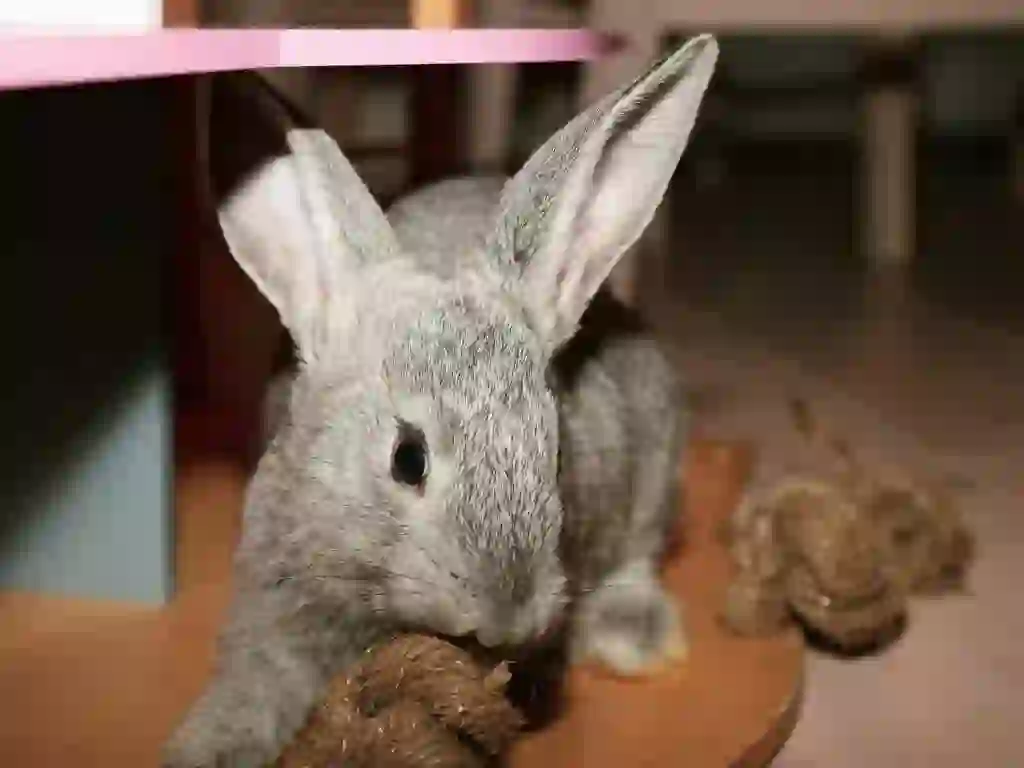
Øyvind Holmstad, CC BY-SA 4.0, ウィキメディア・コモンズ経由で
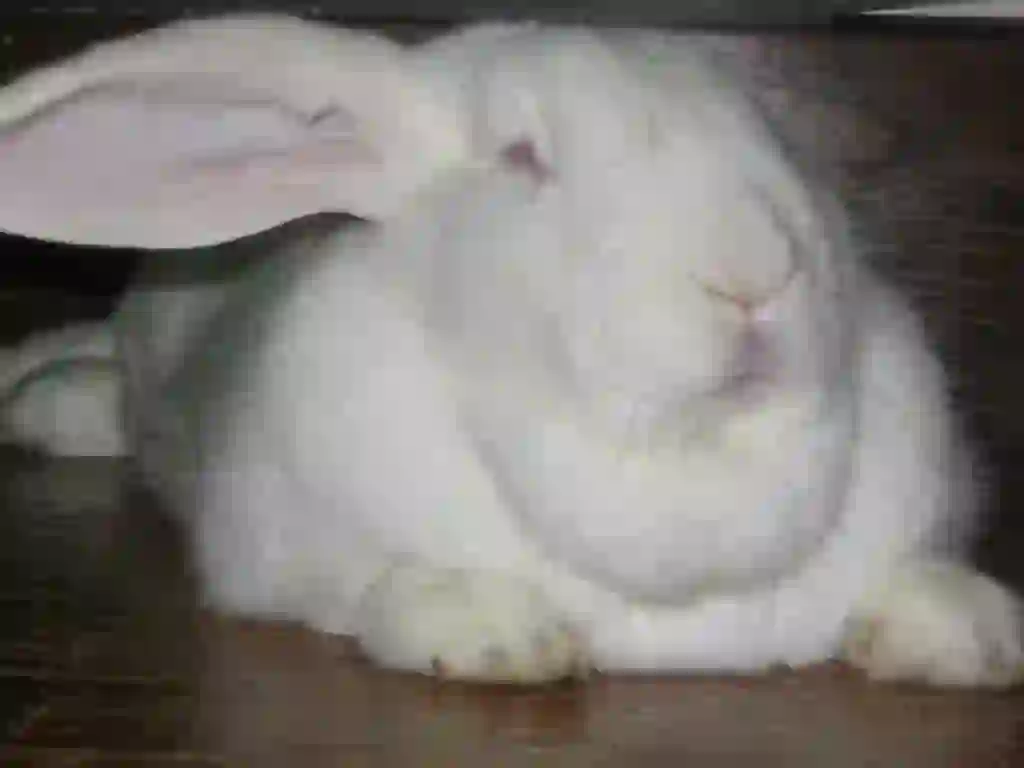
出典:https://commons.wikimedia.org/wiki/File:Flemish_Giant_Rabbit.jpg

Help Enrich Our Animalbook.jp with Your Media!
We are constantly looking to expand and enrich our Animalbook.jp with amazing photos and videos of animals. If you have any media that you'd like to share, please contribute and help us showcase the beauty and diversity of the animal kingdom. Your submissions will be credited and featured in our encyclopedia, reaching a wide audience of animal lovers.


















